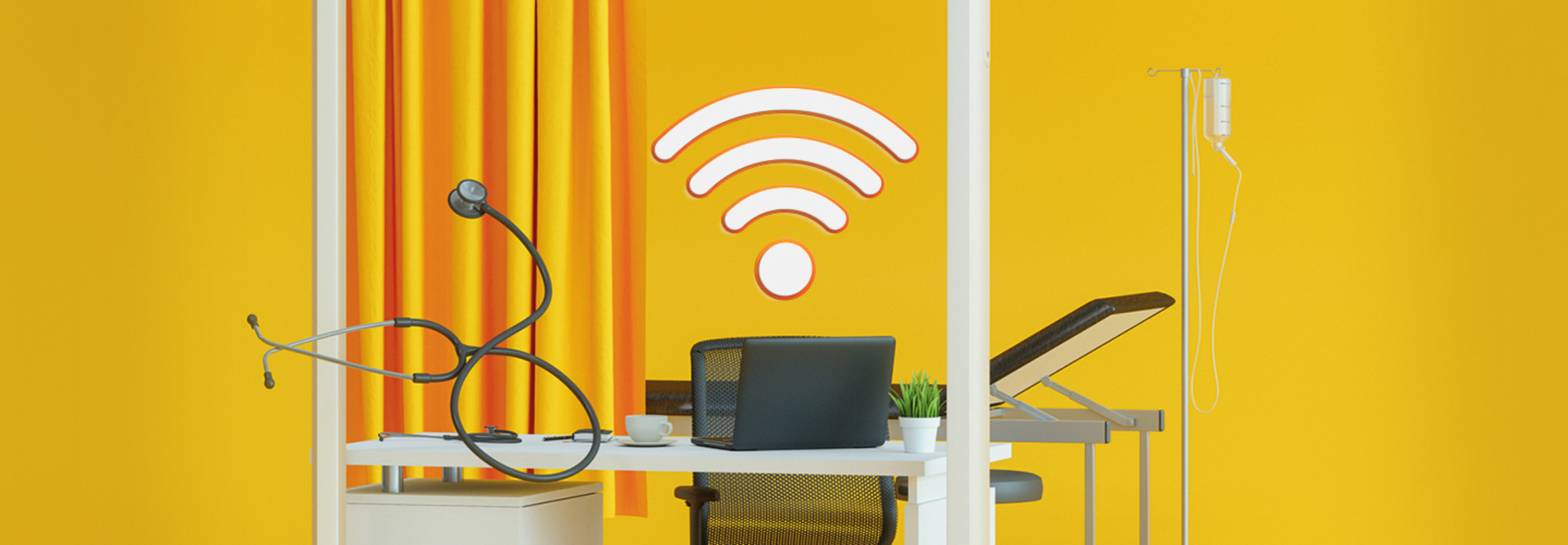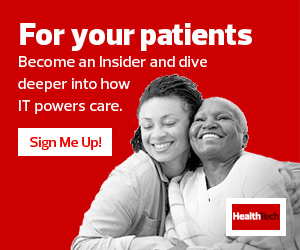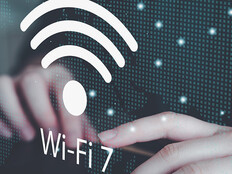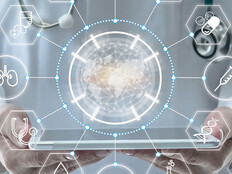1. Up the Ante with Virtual Care
A global health crisis and the ubiquity of technology have made telemedicine essential. In April 2020, the use of telehealth for office visits and outpatient care was 78 times higher than in February 2020, according to McKinsey, putting newfound stress on localized cellular networks.
Older technologies would struggle to meet this demand. Today, however, 5G networks allow patients to videoconference reliably with doctors, nurses and specialists. Digital-first care networks and e-triage are becoming more commonplace. Virtual care saves money and is more accessible to patients, but its long-term path amid federal regulations requires more clarity.
2. Get the Speed You Need for File Transfers
Medical records don’t exist merely as black text on white documents. Healthcare providers maintain rich patient health files composed of scans, images and even digital video. These media types often hog storage space, and they’re also harder to transmit between electronic devices on shared networks. The performance of 5G eliminates this common transfer bottleneck and also enables real-time data access when needed.
READ MORE: VA and Air Force test out 5G in hospital settings.
3. Set Up Automated Implementations for Success
Healthcare systems contain numerous connected Internet of Things devices in the form of wearables, mobile tools and more. These collect and transmit data constantly across the network, allowing caregivers to monitor patients from anywhere. Artificial intelligence and machine learning can take this real-time information and provide alerts, care instructions and contextual medication administration. With the help of 5G, this data pipeline can keep flowing and automate healthcare, removing heavy burdens from already overworked staffers.











